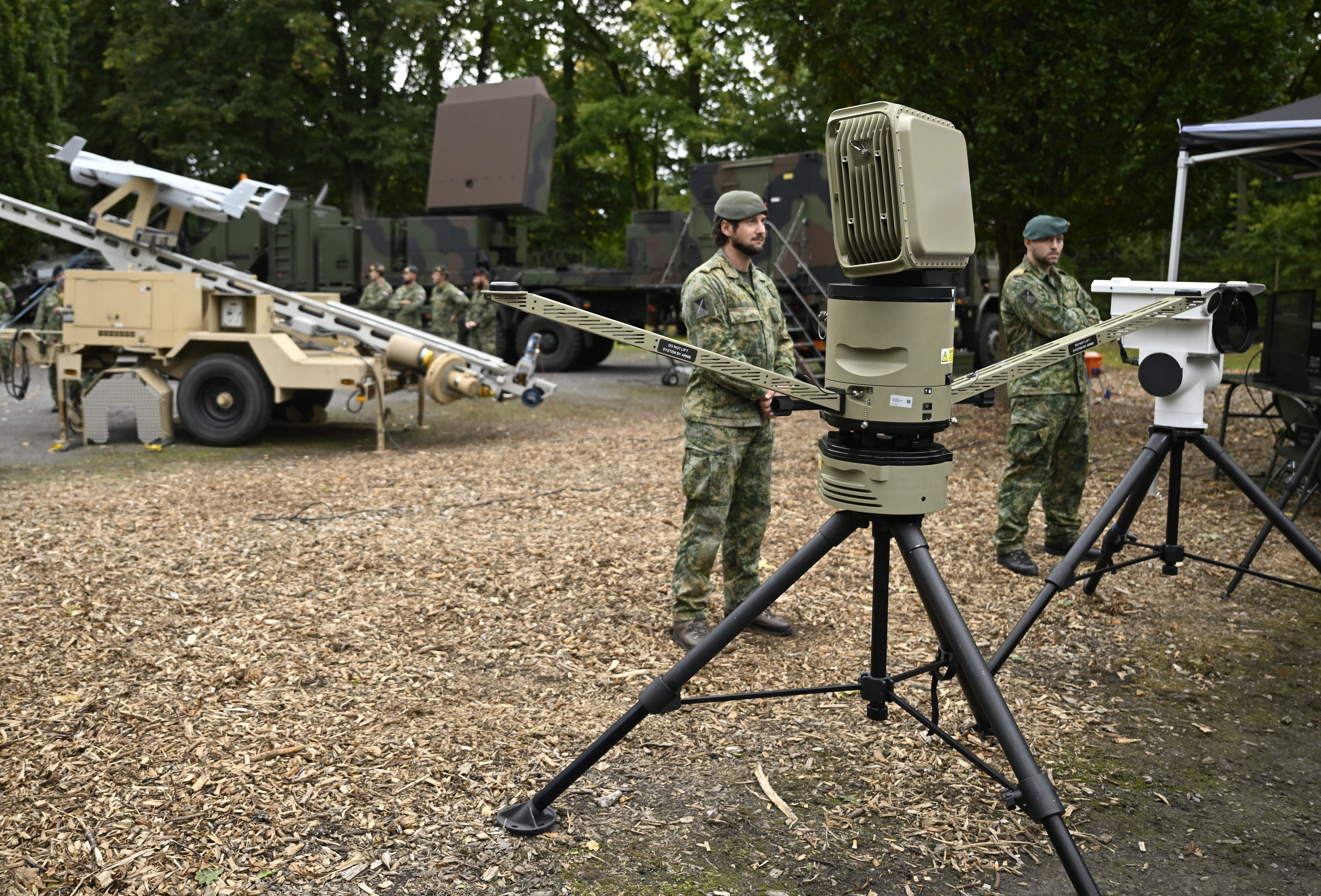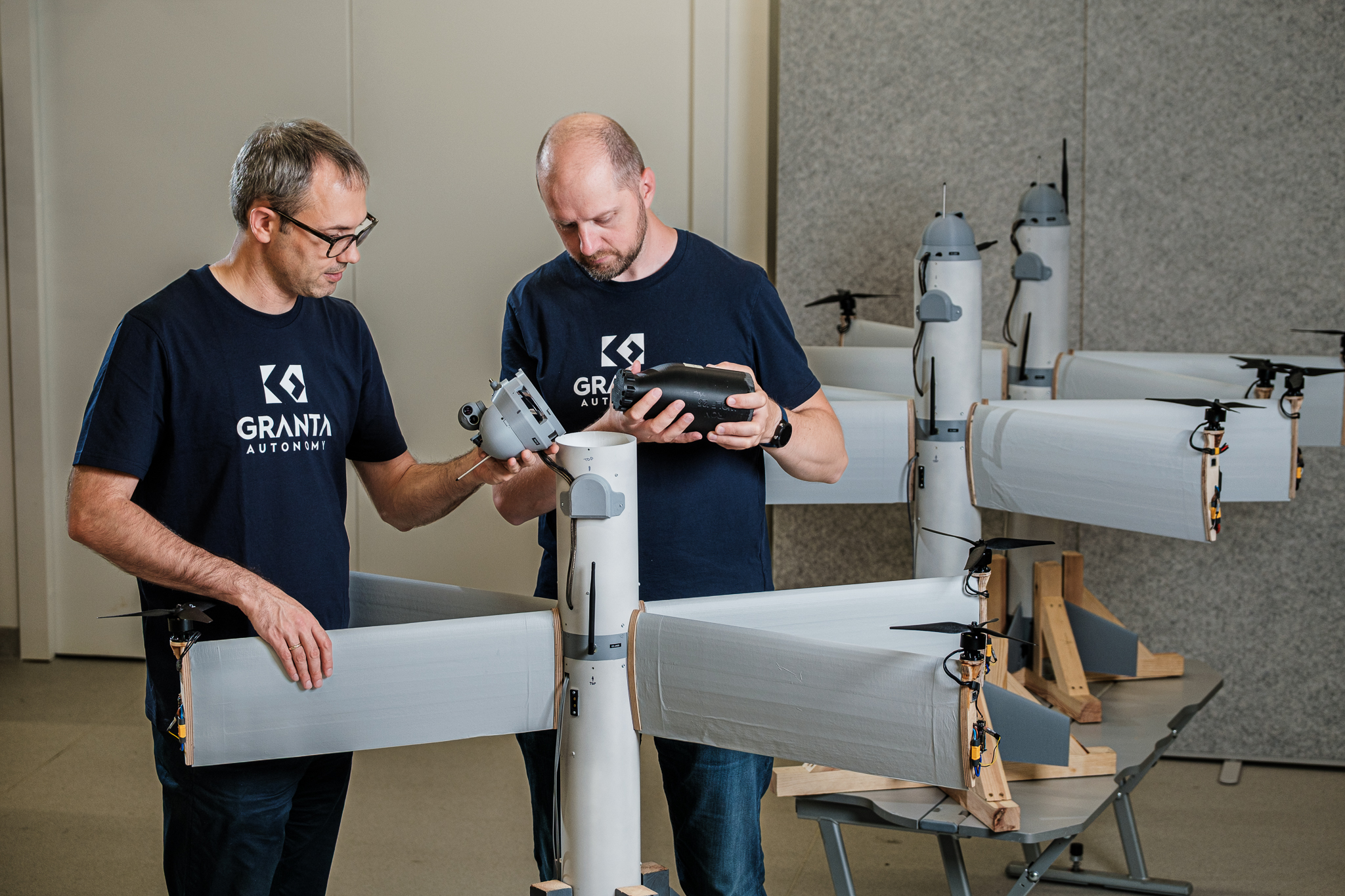
In the modern enterprise, information is the new capital. While companies pour resources into artificial intelligence, many discover that technology, standing alone, delivers only expense, not transformation. The true engine of change lies not in the algorithm but in the hands and minds of the people who use it. The greatest asset an organization possesses is the diverse, domain-specific expertise held within its human teams.
Drawing directly from Peter Drucker‘s principles, the path to competitive advantage is a human-centered approach. Effective management, Drucker taught, demands a focus on measurable results, fostered through collaboration and the strict alignment of individual efforts with institutional goals. Technology is but a tool; it has no purpose unless it serves the people who use it and the mission they are trying to accomplish. This is the only reliable way to generate genuine innovation and tangible outcomes.
The Social Reality of Data and The Peril of Silos
Data as a Collective Endeavor
Data analysis is fundamentally a collective effort. We shouldn’t aim to turn everyone into a data scientist; rather, we must empower teams to collaborate effectively with both AI and one another—together. Consider a large retail company seeking to optimize its supply chain. The firm has invested heavily in a sophisticated AI model to forecast demand and automate inventory. The model, however, is failing. It recommends stocking up on products that sit unsold while critical items are frequently out of stock.
The problem is not the technology. It’s a failure to apply human intelligence, experience, and expertise. The AI model, built by a team of data scientists, was designed to optimize for cost per unit and speed of delivery. It did not, and could not, account for the deep insights held by the people who actually run the business. The marketing team understands that a sudden social media trend will create a surge in demand for a specific item, while the sales team knows that a key corporate client has just placed a large, unannounced order. The operations manager on the warehouse floor can predict which logistical choke points will delay a shipment, regardless of the model’s prediction. The AI’s diagnosis was based on limited data; the humans had the full picture.
“The purpose of an organization is to enable ordinary human beings to do extraordinary things.”
Peter Drucker
These individuals—the marketing leader, the sales professional, the operations manager—hold the domain expertise that unlocks the AI’s full potential. The purpose of the AI is to augment and amplify this expertise, not to replace it.
The Challenge of Silos
This collective effort often fails because of organizational silos. While some silos began as practical necessity—protecting sensitive customer data, for instance—many persist long after their original justification has vanished. More dangerously, silos are often the result of political dynamics and the fear of losing power or influence. Consider a chief marketing officer (CMO) who is reluctant to share a new predictive model for customer lifetime value with the chief information officer (CIO). The CMO views this model as a competitive asset, a tool to justify her department’s budget and influence. By withholding it, she ensures her team remains the sole source of this critical insight.
This mindset is toxic; it substitutes internal competition for collective performance. It creates a system where departments focus on territory over results. As Drucker taught, the purpose of an organization is to enable ordinary human beings to do extraordinary things. When they are confined to their own small domains, their work becomes ordinary, no matter how advanced their tools.
Cultivating a Collaborative Environment
Dismantling these barriers isn’t merely a structural challenge; it’s a fundamental human and cultural imperative. Leaders must recognize that silos are symptoms of human challenges that demand a shift in mindset: prioritize collaboration over competition. To do this, they must create an environment where diverse perspectives are actively sought and rewarded.
This begins with a shared language and a clear mandate. A leader can facilitate a series of cross-departmental workshops, bringing together marketers, engineers, and financial analysts not to “get trained on AI” but to identify shared problems. A question like “How can we use existing data to reduce customer service call volume?” can be the starting point for a collaboration that organically breaks down barriers. The result isn’t a new algorithm but a new process built on mutual understanding.
Strategy: Start Small, Win Big
Many enterprises err by pursuing ambitious, grand-scale technology implementations, such as vast enterprise resource planning (ERP) systems. The intention—to integrate and streamline—is sound, but the result is often disappointment, cost overruns, and fresh confusion. Consider a manufacturing company that invested millions in a new system to automate its entire production line. The initial rollout was chaotic. The system’s inflexible data entry requirements frustrated engineers on the floor who had their own established, practical methods. Production was halted for weeks as frontline workers grappled with a system that complicated, rather than simplified, their work. This is a cautionary tale: Without a people-centered approach, even the most advanced systems fall short.
The Power of Incrementalism
The path to AI success isn’t a sweeping, top-down overhaul. It’s about incremental projects that empower teams to tackle small, relevant challenges. This isn’t a retreat; it’s a strategic choice. It’s a recognition that true change happens through a series of manageable, successful steps.
- Start with a small, strategic project: Don’t overhaul the entire customer service platform; focus on a single, pressing problem. For a call center, a small project might be using a simple AI model to analyze call transcripts and identify the top five reasons for long hold times. This is manageable, provides immediate, actionable insights, and gives the team a sense of accomplishment. The project is small, but the win is significant: It proves the value of the approach.
- Establish clear objectives: If the call center project aims to reduce hold times, define success with a clear, measurable goal: reduce the average call handle time by 15% within three months. This clarity is nonnegotiable. It provides a focal point and eliminates ambiguity.
- Prevent scope creep: This is the silent killer of projects. To prevent it, clear boundaries must be established from the outset. The team might agree: “We will only analyze calls from Q3, and we will only focus on the top five identified root causes. We will not expand to analyze email support tickets during this phase.” This rigid discipline ensures the project remains on track and delivers a tangible outcome.
- Encourage cross-functional collaboration: The project’s success depends on the human element. The team must include a frontline call center representative who understands the nuances of customer conversations, a data analyst to interpret the AI’s output, and a product manager to implement the recommended changes. These cross-functional workshops are where true insights collide and innovation is born.
Learning and Scaling
Every incremental project is an opportunity for relentless learning. After completing the call center project and reducing hold times, the team must conduct a thorough retrospective. They should ask: What succeeded? What failed? If a project successfully reduces churn rates, document the strategies that led to this success and apply them broadly. Success isn’t the end; it’s the beginning of a new process. The team can then apply the same methodology to email support, then to their live chat. The small win becomes a repeatable blueprint for progress.
The Leadership Imperative
The leader’s role is unambiguous: foster a culture of transparency, trust, and empowerment.
A human-centered strategy addresses the root causes of slow AI adoption and siloed data. It encourages a resilient environment where curiosity about data becomes ingrained in the corporate culture. When diverse disciplines actively engage with data, they cultivate a shared language and a collective, data-first mindset.
This endeavor isn’t about tool adoption; it’s about nurturing an environment where collaboration is the default setting. It’s about understanding that a silo isn’t a structure; it’s a human behavior that must be managed and redirected toward a common goal. By prioritizing human expertise and actively confronting the political realities underpinning silos, businesses transform AI from a technology expense into a competitive advantage that drives meaningful innovation and secures long-term success.

AI & ML, Commentary
Radar












